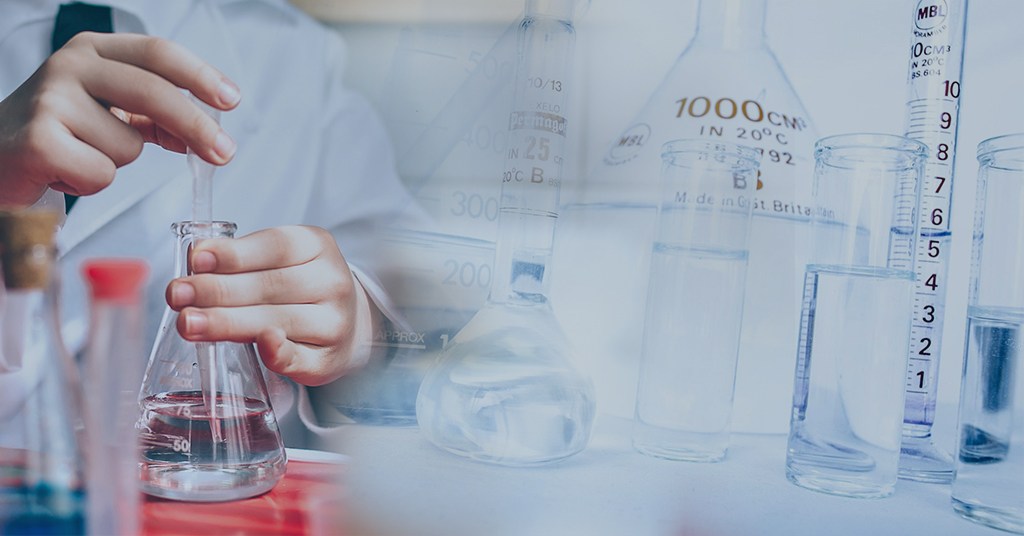Stearic Acid Prices Show Bearish Trend in the US Amidst Falling Feedstock Costs
- 13-Sep-2023 6:58 PM
- Journalist: Francis Stokes
The prices of Stearic Acid in the United States experienced a 6% decline in August 2023. This decrease can be attributed to the depreciation in prices from exporting countries, namely Malaysia and Indonesia, where prices also fell by 1.1% and 3%, respectively. The primary cause of this depreciation was the declining prices of feedstock Palm Oil, which decreased by approximately 1.4% in Malaysia but increased by approximately 0.7% in Indonesia.
Throughout August, there was weak demand for Stearic Acid from the downstream cosmetic and skincare industry as restrictive sentiments amongst the local populace prevailed. Sales in the skincare and cosmetic sector only saw a marginal increase of approximately 4%. Demand for rubber from the automotive industry remained steady during this time. The restrictive purchasing sentiment was due to marginal improvements in economic conditions and inflation rates still above 3% as of August 2023. Local concerns over potential interest rate hikes and the Federal Bank's cautious approach have limited purchasing activities in the automotive sector. Stearic Acid's rubber grade is used in various automotive components, including engine gaskets, coolant hoses, and door trims, where the demand was also underwhelming as sales in automotive remained largely unchanged from June to August.
The main factor contributing to the decline in Stearic Acid prices is the decrease in feedstock Palm Oil prices across the exporter Malaysia, which eased production costs. This has made imports of Stearic Acid from Malaysia and Indonesia more affordable for the United States. Additionally, the manufacturing sector has experienced contraction for two consecutive months, with figures projected to drop below 50, indicating weak industrial output. Despite healthy supplies from Malaysia and Indonesia in August, the underwhelming demand led to an excess inventory accumulation in the region, further lowering Stearic Acid prices. This accumulation of inventories left no room for increments in profit margins.
Overall, the market situation for Stearic Acid in the United States has been largely bearish. Merchants have been unable to increase prices due to weak demand from the cosmetic and automotive industries. As a result, merchants have been selling their inventories at negotiable prices, resulting in declining profit margins.
It is anticipated that prices for Stearic Acid will rebound in the month of October if inflation rates are brought under control. The Federal Bank aims to lower inflation rates closer to 2%, which may prevent an increase in interest rates and potentially restore positive sentiments among consumers.



